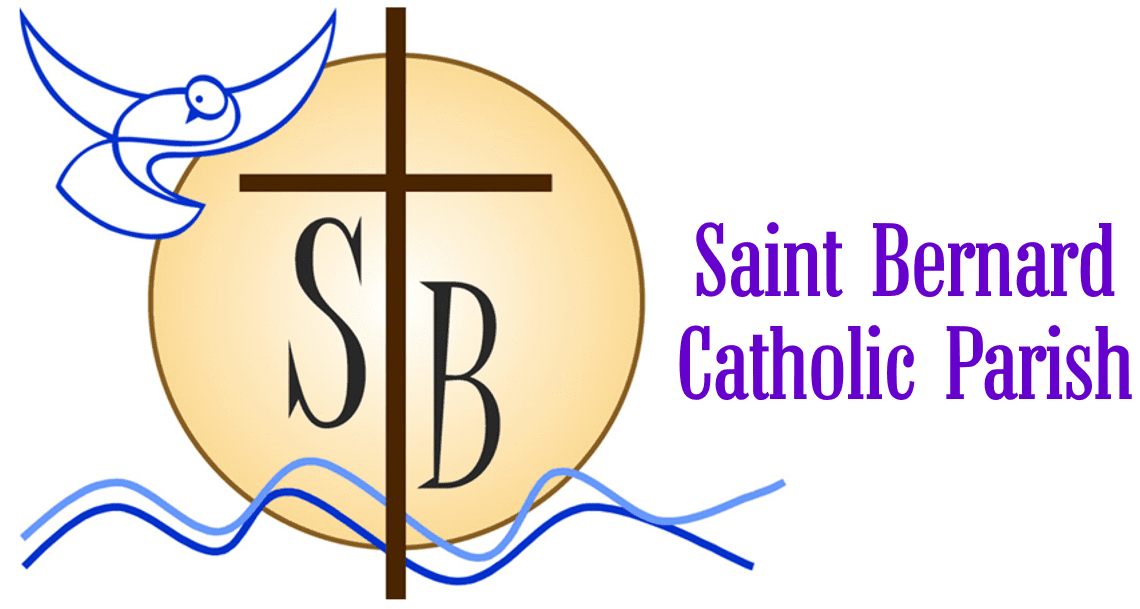St. Bernard Catholic Parish | A History
Building God’s house, Then and Now
St. Bernard Catholic Parish has been abundantly blessed with the fruits of the Spirit. This has only been possible through the efforts of generations of individual disciples, dedicated to being the hands and feet of Christ in our world and our community. We owe our thanks to all of these. First, we acknowledge those who planted the seeds of this harvest. This includes Joseph Cavanaugh, whose generous bequest enabled the diocese to establish our parish in 1966. The church was to be named St Bernard Catholic Church in honor of the Joseph’s father, Bernard Cavanaugh. This bequest led to the dedication of the parish to it’s patron, St. Bernard of Clairvaux, (1090-1153).
The church was one that could not have been envisioned prior to Vatican II. The altar was built in such a way as to bring worshipers together around the Lord’s table. The altar was set in the midst of the congregation, and laypeople participated along with priests in the celebration of the Eucharist. Even though a renovation was conducted in 2018, the basic design of the worship space remained the same. The beautiful bell tower is located outside the main entrance and consists of 3 bells. The first bell is dedicated to St. Therese, the second bell is dedicated to St. Bernard and the smallest bell is dedicated to St. Edwin.
Twenty years after our first Mass at St. Bernard, we commissioned a pipe organ by the JW Walker Company of Sussex, England. It is an instrument ranking with the largest and best organs in the community.
St. Bernard of Clairvaux – our patron saint
St. Bernard of Clairvaux was a saint known for his love of Jesus, his devotion to Mary, and loyalty to the Holy See. He was one of the most influential men of his time. He established a monastery at Clairvaux, were he served as Abbot for 38 years. From his community, 68 other monasteries were established. He preached against heresy, and provided guidance to Popes. He was known for settling local disputes among civil rulers, as well as those that arose among Church leaders.
